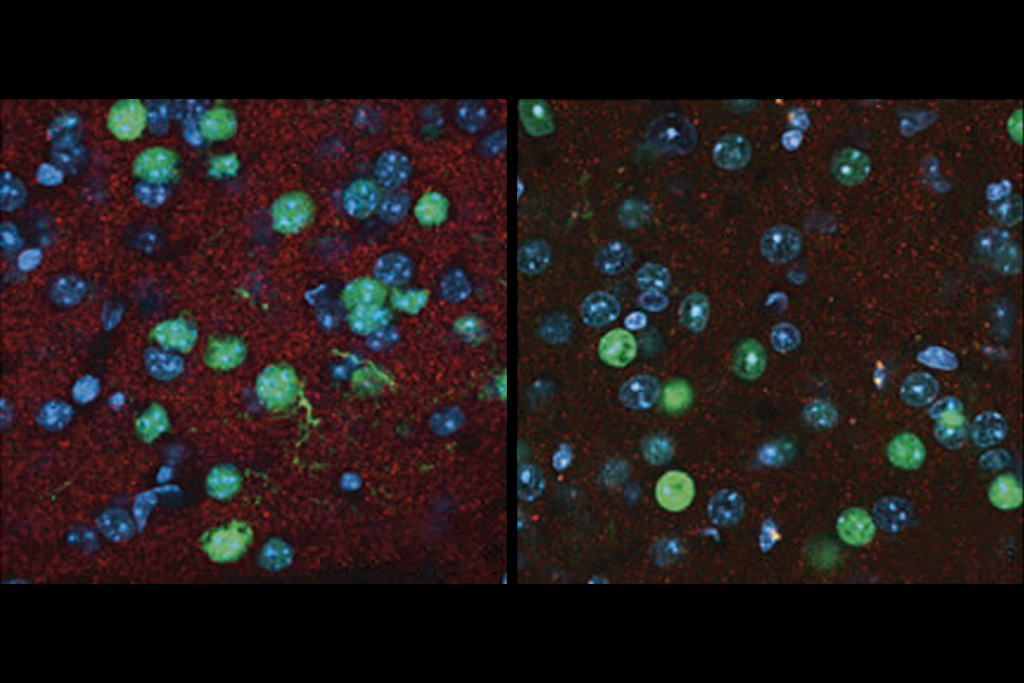Why too many children with autism end up in foster care
The foster care system is becoming a critical component of care for children with autism.

Foster care is intended as a temporary solution for children whose parents cannot care for them. At any one time, about half a million children in the United States are in foster homes.

Policy points:
Frank talk about policy issues in autism
The foster care system has a reputation as a place for children who are victims of abuse or neglect; this reputation is only partially deserved. About half of children in foster homes have a chronic disability that can make caring for them difficult. In fact, many of these children enter foster care because they have complex medical needs that their families cannot manage, often because of limited resources.
When children enter the foster care system, they are automatically enrolled in Medicaid, and their foster parents receive funds for their care. As a result, this system is becoming a critical component of caring for children with disabilities.
We have found that children with autism are particularly likely to end up in the foster care system.
Long- and short-term outcomes for children in foster care are not good: Children who spend any amount of time in foster homes are less likely than their peers to graduate from high school and more likely to end up homeless, in the criminal justice system or in long-term residential care.
Foster care may be an even less desirable place for children with autism, given their special needs. Although foster parents may receive some specialized training, it is generally not nearly enough to help them adequately care for these children.
Disability policy, especially that specific to the healthcare and child welfare systems, should be designed to help the children’s biological or adoptive parents care for them and keep them in their homes.
Moving out:
Because all children in foster care are on Medicaid, using Medicaid claims is one of the best ways to study the prevalence and healthcare experiences of children with autism in the system. In our first study using national Medicaid claims, in 2008, we found that 7.3 percent of Medicaid-enrolled children with autism were in foster care. This is well above twice the proportion of all Medicaid-enrolled children in foster care1.
Last year, my colleagues and I decided to address this question in a more rigorous way. We wanted to know how the prevalence of children with autism in foster care is changing over time. We also asked whether children with autism are more likely to enter foster care than their neurotypical peers.
To see if there is something specific to autism that puts a child at risk for ending up in foster care, we compared children who have autism, intellectual disability or neither.
We found that the prevalence of children with neither condition in foster care was stable from 2001 to 2007, ranging from 3.5 to 3.9 percent. The prevalence of children with intellectual disability was more than twice as high in 2001 (8.3 percent), but went down over time to 7.3 percent in 2007.
The prevalence of children with autism in foster care started out slightly lower; it was 7.5 percent in 2001. It climbed to 10.5 percent in 2005 and then declined to 9.1 percent in 2007.
When we statistically controlled for children’s age, race, sex and state of residence, we found that children with autism were 2.4 times more likely, and children with intellectual disability 1.9 times more likely, to enter foster care than typical children2.
We don’t know why this is so, but we see at least three possibilities — all of them related to the challenging behaviors that often accompany autism and the difficulty in obtaining high-quality care.
First, raising a child with autism is stressful for families, as the condition is unusually difficult to manage effectively. Some parents may simply not have the skills and resources to do so. This may result in neglect or abuse — and placement in foster care. Alternatively, families may voluntarily place children with autism in foster care because they can’t handle the children’s behavioral problems. Third, parents may relinquish custody so that their children can obtain Medicaid-funded or residential care that they otherwise cannot afford.
These three scenarios are known to happen among other children but have not been studied in those with autism.
Help for families:
To lower the chances that a child with autism will land in foster care, clinicians working with these families should talk openly about the stresses of raising a child on the spectrum. They should ask how that stress is manifesting in the family, and assist the family members in getting the support they need.
In addition, all U.S. states should offer home visits from professionals or short-term breaks for parents of children with autism. (Only a handful currently do.) Home visits and respite services have been shown to lower the chances of psychiatric hospitalization among children with autism, and also may reduce the risk of foster care placement3.
Foster care arrangements may involve care from a relative, from a stranger or in a residential facility. Public funds pay for all of these placements, which can cost between $30,000 and $50,000 per child per year. That means that if we can identify children at high risk for foster care placement, we could intervene intensively and still save money.
Beyond cost savings, we have an ethical obligation to help families care for their children with autism. We can and must do better to help these most vulnerable children and their families.
David Mandell is director of the University of Pennsylvania’s Center for Mental Health Policy and Services Research.
References:
Recommended reading
Home makeover helps rats better express themselves: Q&A with Raven Hickson and Peter Kind

Genetic profiles separate early, late autism diagnoses

SHANK3 deficiency and behavior in mice; and more
Explore more from The Transmitter
